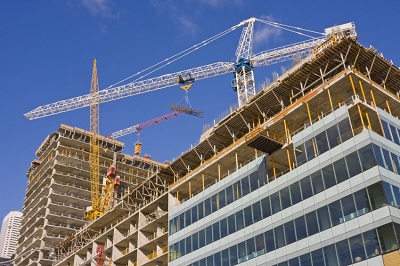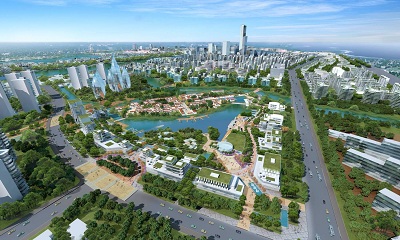Residential Development “Street Fighting” To Continue In 2014
 Residential developers will be taking the real estate wars “to the streets” this year, according to a property analyst.
Residential developers will be taking the real estate wars “to the streets” this year, according to a property analyst.
“Overall, it’s going to be a tough year and developers will have to brace themselves for more street fighting. Expect price and installment wars to escalate,” said Enrique Soriano, Ateneo program director for real estate and senior adviser for Wong+Bernstein Business Advisory, as he described the stiff competition among residential developers.
“In the residential front, we all know that major players slugged it out last year, launching and creating new brands targeting specific market segments in both residential and commercial real estate,” Soriano said.
Soriano added: “We also saw a handful of the developers changing gears and pulling out of the race primarily due to internal issues and structural inadequacies. Nearly all areas of Metro Manila have already been divided among major real estate companies.”
He said the public could expect more launches of single-tower projects and less of the super-block developments due to the scarcity of prime land.
CBRE Philippines, in a recent press conference, revealed the following trends in the residential front:
• Lack of areas to develop will lead to developers focusing more on land banking activities.
• Cooling measures in neighboring countries such as China, Singapore, Hong Kong and Malaysia will incentivize prospective buyers to invest in high-end and luxury residential properties in the Philippines.
CBRE cited in the residential condominium market the following:
• Land banking activities seized by developers;
• Strong take up of sales enticing residential condominium developments;
• Makati CBD and BGC post highest market value in Metro Manila.

Status of Metro Manila
CBRE cited the status of Metro Manila:
• Sales in luxury and high-end residential condominiums continue to have strong take up.
• Sale of different unit types have been well received by the residential condominium market.
• Expatriates are expected to continue driving the demand.
Data further cited the following qualities: young demographic; influx of foreign companies; low residential vacancies; strong economy and prime office yields are highest at 10 percent.
CBRE cited the following in luxury residential rents:
• Expatriates drive the demand for luxury residential developments.
• Luxury residential projects are generally located within the business districts of Makati and Fort Bonifacio.
Jones Lang LaSalle Philippine property market monitor in January 2014 enumerated its own observations:
• Property developer SM Development Corp. has earmarked around P15 billion for various residential projects in 2014. Included in its plans are four new projects that will likely increase its total supply by 11,000 units.
• CDC Holdings Inc. recently signed an agreement with Philippines Foreland, an affiliate of Japan-based Foreland Holdings, for the latter to invite more investors for CDC Holdings to finance ongoing projects. Among the agreements is the assembly of Japanese investors to infuse around P300 million for the Rivergreen Residences project in Manila. Likewise, Philippines Foreland will also facilitate the purchase of four floors of Citadines Millennium Ortigas, amounting to around P300 million.
Differentiate or disappear
“The key for developers is to refocus their efforts from purely selling to introducing a mix of operational disciplines combined with sustainable two- to three-year strategies,” Soriano said.
He added: “To survive a challenging environment, the thrust is to offer superior value on all facets of the residential service cycle. I expect a resurgence of brands with a long social enterprise history.”
(excerpts taken from: http://business.inquirer.net/164067/residential-devt-street-fighting-to-continue-in-2014 by Tessa R. Salazar)
